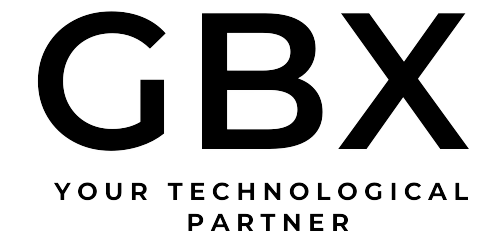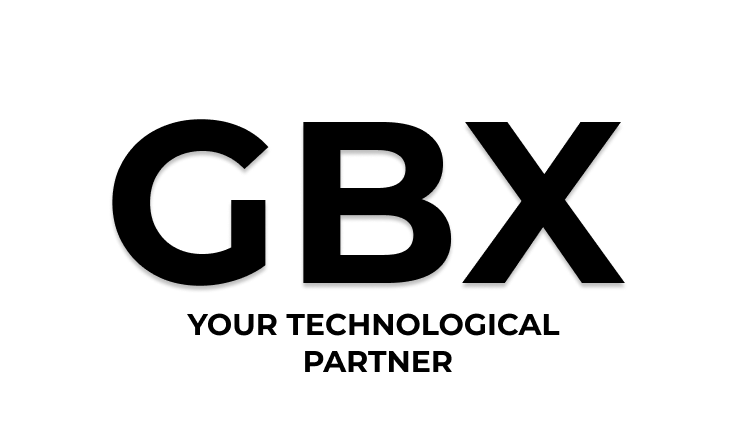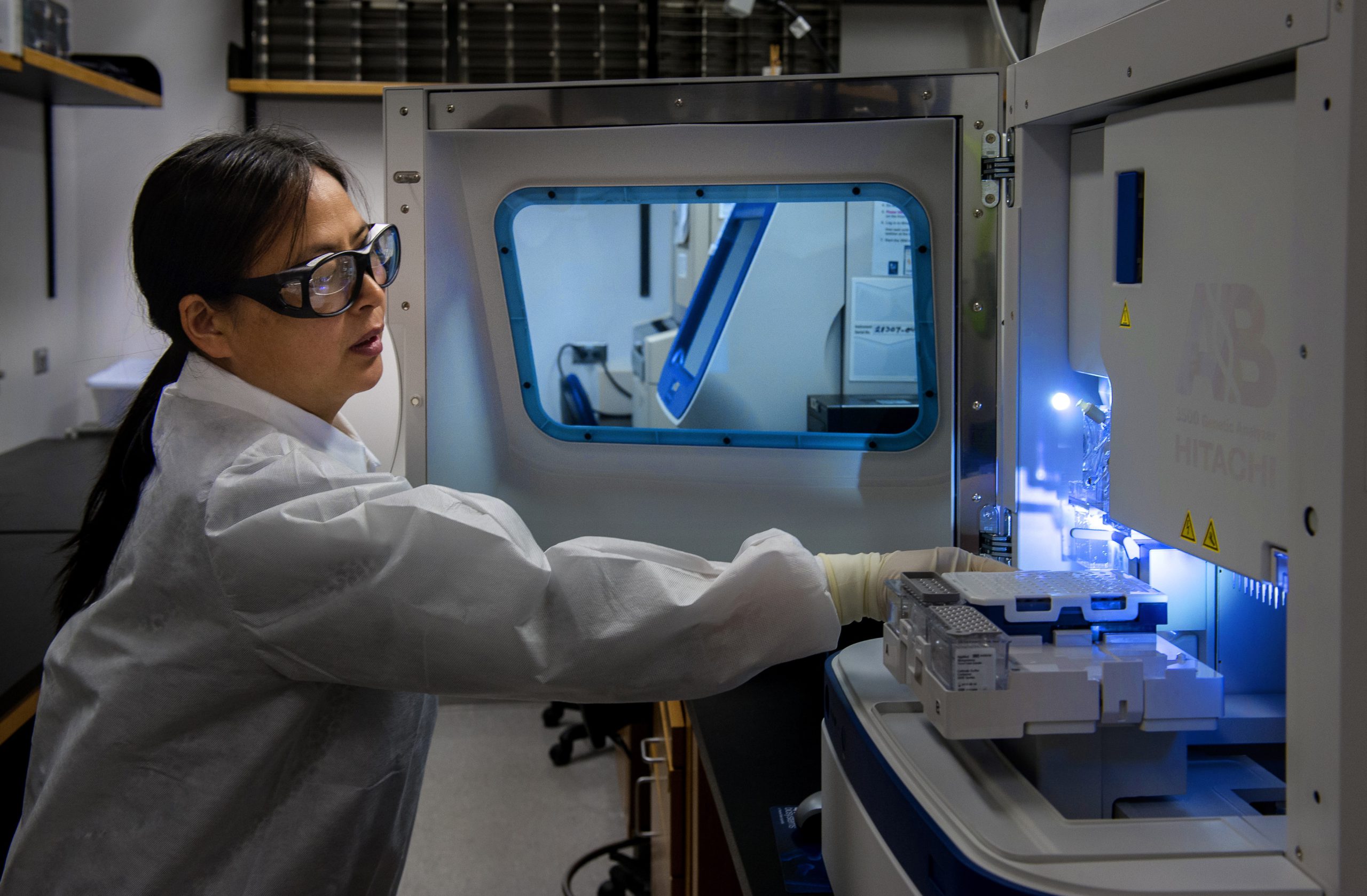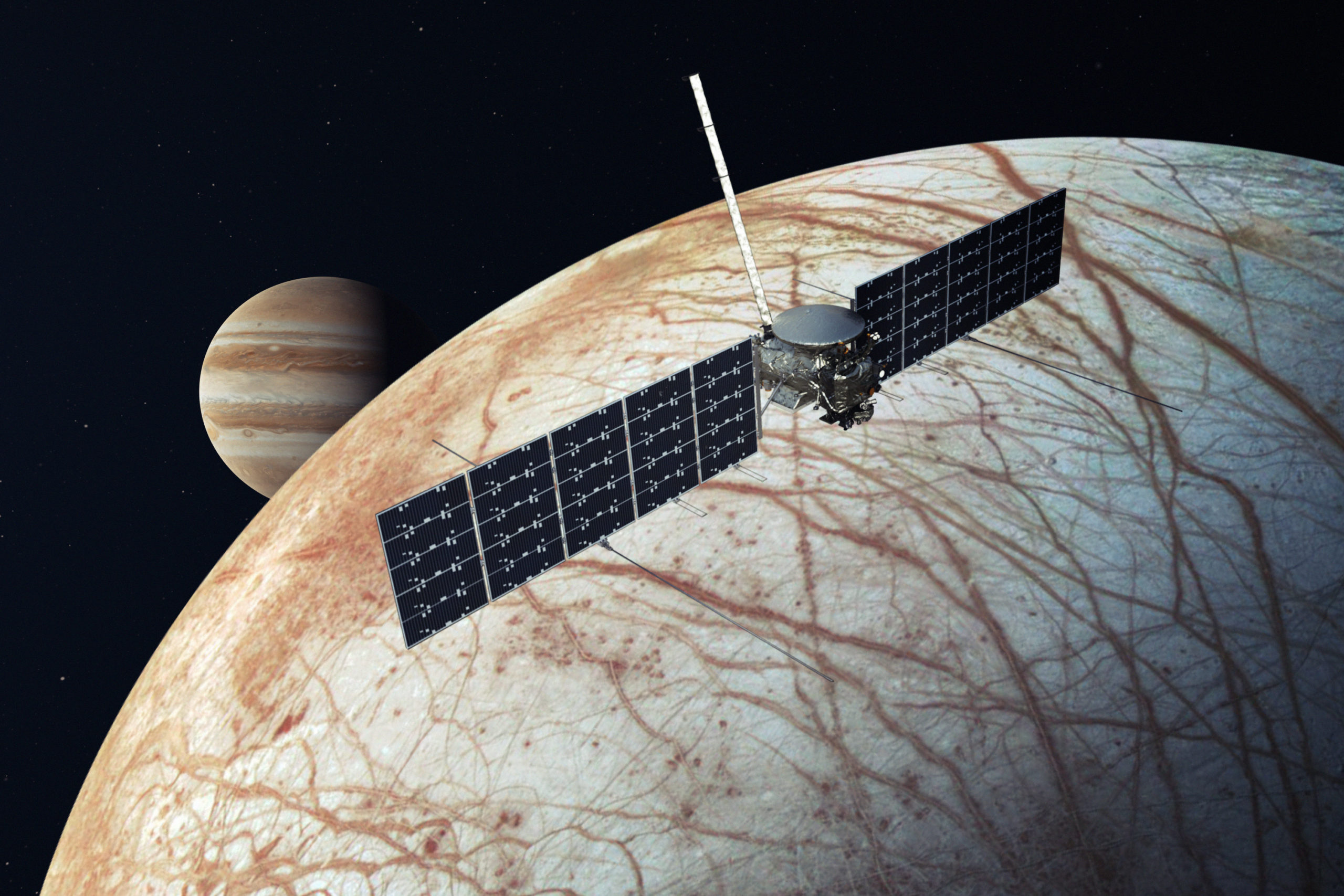
Five Trends in 2023 That are Shaping the IoT Industry
The Internet of Things (aka IoT) is defined as the interconnection of uniquely identifiable embedded computing devices within the existing Internet infrastructure,” explain the researchers. The ‘things’ are smart devices with some kind of sensor and network communication functionality and can include anything from webcams and microphones to environmental gas sensors, medical diagnostics devices and infamously the smart refrigerator.
The IoT has experienced rapid growth in recent years, transforming industries and opening up new opportunities for innovation. Here we share 5 trends that are determining the course of one of the most important and influential industries, not only for the world of technology but also for the evolution of modern society in general.
The Rise of No-Code Automated Machine Learning
 The integration of machine learning (ML) into IoT systems has opened up a world of possibilities for smarter, more efficient applications. In fact, recently we cannot get away from groundbreaking AI headlines on a daily basis.
The integration of machine learning (ML) into IoT systems has opened up a world of possibilities for smarter, more efficient applications. In fact, recently we cannot get away from groundbreaking AI headlines on a daily basis.
One of the emerging trends in this space is the rise of no-code automated machine learning. This technology allows users without programming expertise to develop ML models, significantly lowering the barriers to entry and democratizing access to ML capabilities. As a result, businesses can harness the power of ML for their IoT solutions with greater ease, making data-driven decision-making more accessible and widespread.
Consulting and further investment into IoT development
 Despite the rise of no-code development, security is a growing concern as IoT becomes popular, meaning that professionally developed IoT is relied upon for better security.
Despite the rise of no-code development, security is a growing concern as IoT becomes popular, meaning that professionally developed IoT is relied upon for better security.
Suchsolutions incorporate cutting-edge technologies like blockchain, AI, and ML, ensuring seamless integration with IoT systems. Using an IOT software development company enables businesses to securely and efficiently manage their IoT devices. Such outsourcing is conducive to scalability and interoperability. It can be a cost-effective way to have integrated analytics tools; IoT is increasingly revolving around valuable insights to improve operational efficiency.
The Growth of Smart Cities
 IoT is playing a crucial role in the development of smart cities, where connected devices, sensors, and data analytics are used to optimize urban infrastructure and enhance the quality of life for citizens. As the urban population grows, the demand for sustainable and efficient solutions is too.
IoT is playing a crucial role in the development of smart cities, where connected devices, sensors, and data analytics are used to optimize urban infrastructure and enhance the quality of life for citizens. As the urban population grows, the demand for sustainable and efficient solutions is too.
IoT technology is ideal for improving traffic management, waste disposal, energy consumption, and public safety – most can benefit from real-time data, among other data. The smart city trend is driving software development services to create innovative IoT solutions that address urban challenges and improve city living.
This comes atthe same time that the 15-minute City initiative is growing traction; the idea that people-friendly streets and transport should be core to a city. This means it’s easier to walk to the shops, get public transport, and a more green inner city. Of course, the rise of IoT is timely with the implementation of new city designs as it helps make them all the more efficient.
The Focus on Security in IoT
 With the proliferation of IoT devices comes an increased risk of cyberattacks, making security a top priority for IoT stakeholders. To address this concern, there is a growing focus on implementing robust security measures, such as encryption, secure boot, and secure device onboarding.
With the proliferation of IoT devices comes an increased risk of cyberattacks, making security a top priority for IoT stakeholders. To address this concern, there is a growing focus on implementing robust security measures, such as encryption, secure boot, and secure device onboarding.
Here are the main security concerns:
Device diversity: IoT devices vary in hardware, software, protocols, and standards, complicating uniform security policies and regular updates.
Resource constraints: Limited processing power, memory, battery life, and bandwidth in IoT devices restrict the implementation of complex security algorithms.
Scalability: Managing and monitoring security for large-scale IoT networks with vast data generation is challenging.
Privacy: IoT devices collect and share sensitive data, raising privacy concerns and necessitating compliance with data protection regulations.
The solutions that are increasingly important in 2023 include:
- Secure device design: Incorporating security features like secure hardware, encryption, authentication, and firmware updates from the design phase.
- Secure network communication: Using secure network protocols with encryption, integrity, and authentication.
- Secure cloud platform: Connecting IoT devices to a secure cloud platform with access control, encryption, firewall, IDS/IPS, and security audits.
Secure lifecycle management: Monitoring IoT devices from deployment to decommissioning, including performance, threat detection, software updates, and secure data disposal.
Software development services are adapting to this trend by offering comprehensive security solutions that address vulnerabilities and protect IoT systems from potential threats. Otherwise, DIY and amateur-ly implemented IoT become be a growing concern.
IoT’s Applications in the Metaverse and Virtual World
 The Metaverse and virtual worlds are gaining traction, albeit slowly, and IoT technology is poised to play a significant role in their development. IoT devices can be integrated into virtual environments, allowing for enhanced interactivity and immersive experiences. This includes applications like virtual reality gaming and social spaces, where connected devices can be used to track movement and user actions, or smart homes, where IoT-enabled appliances can be controlled from within the virtual world.
The Metaverse and virtual worlds are gaining traction, albeit slowly, and IoT technology is poised to play a significant role in their development. IoT devices can be integrated into virtual environments, allowing for enhanced interactivity and immersive experiences. This includes applications like virtual reality gaming and social spaces, where connected devices can be used to track movement and user actions, or smart homes, where IoT-enabled appliances can be controlled from within the virtual world.
The IoT landscape is constantly evolving. Most of this comes from a democratization of technology, as ordering cheap electronics from China is accessible now to everyone. It’s cheap, but the steaks for business applications are high, which is why the hype around IoT is matched with security concerns.






